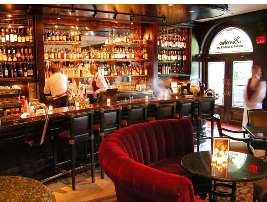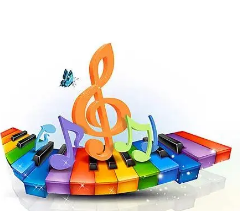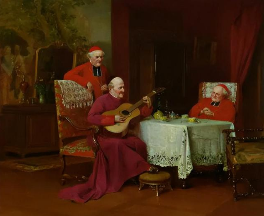Western bar music culture
3 min read
On May 13, 2010, I heard a classical jazz performance at Selina Bar in central Copenhagen.Copenhagen’s bars are often played by various bands. I have been to this Selina bar four times, and each time there are different bands playing different styles of music.
Here comes the Peruna Jazzman band, playing from 17:00 to 20:30. When I got there during the half-hour interlude (I was late because I had cycled to the site of the Little Mermaid statue to see an artwork by the Chinese artist Ai Weiwei: a giant screen showing the Little Mermaid in the Danish Hall of the Shanghai Expo), I paid 44 kronor, bought a Carlsberg beer, and sat down at a table to wait for the second half. It was strange that the whole second floor of the bar was full of people, but there was not a single young man in his twenties, all with white hair, many of whom looked to be over seventy.
I asked a bespectacled gentleman in his sixties sitting next to me what was going on. He began by explaining that in Denmark, traditional jazz was popular from the 20s and 30s to the 60s and 70s. The old people here today are mostly young people from the 60s and 70s, who spent their youth with traditional jazz. It belongs to them, it’s part of their youthful memories, so most of them come to this “blues” bar out of identification or nostalgia, and many of them come with old friends (I looked at it, and indeed, Those fat people sitting around a table should be old friends, judging by the intimacy of their conversation). For young Danes today, traditional jazz is too corny and too terrible to be heard. Their music is a mix of contemporary “upgraded” jazz and more popular contemporary pop music such as rock and rap (also known as “hip hop”).
The elder went on to explain that today was a very old band, whose most senior member was 69 years old, and who was also the founder of the band, and would celebrate its fiftieth anniversary this October. Unlike the ordinary, mediocre bands that play in the bars of Copenhagen, they play not just the music of others, but more of their own music, forming their own unique style, good reputation at international pop festivals, often touring around the world.
Then the old man showed me a CD he had just bought at the bar. Much of the music is original and performed by the band in 1970-72, as well as American jazz from the 1920s and 1930s.
No sooner had the old man finished his explanation than the second half began. The band members were indeed different from the young musicians I had seen on previous occasions. The old men were all white-haired, and one looked and even moved and looked a little slow, which showed his age. The old man next to me explained that there was only one middle-aged female player, who had come on as a substitute today because the old player had fallen ill and could not play.
The elderly audience applauded intermittently throughout the performance. Their applause was especially enthusiastic when the sixty-nine-year-old founder of the band began to play the orchestra in his arms (I can’t name it). It seems that he should be the idol in the eyes of these people. After each song, everyone applauded to show their gratitude.
It is difficult for me to describe jazz in words. The words “sweet”, “sweet”, “melodious”, “slow” and “hot” are not enough to describe it. I had to borrow the Baidu encyclopedia entry for “Jazz” to explain: “Jazz (Jueshi), a form of music originating in Africa, developed from folk songs. Jazz flourishes in many forms. Its style is dazzling, and its rhythm is usually sharp and intense.”
After the performance, I reluctantly cycled home, the beautiful jazz music in my ears all the time.






